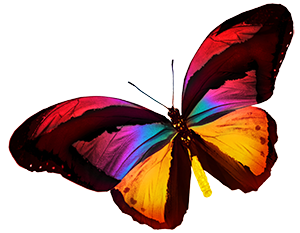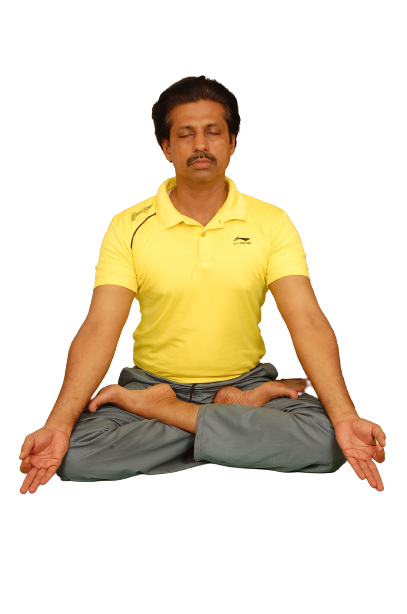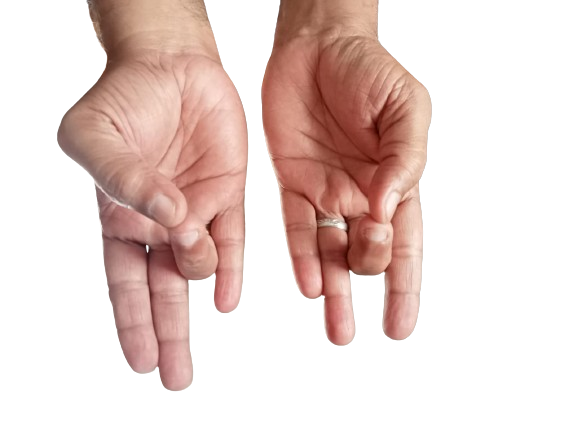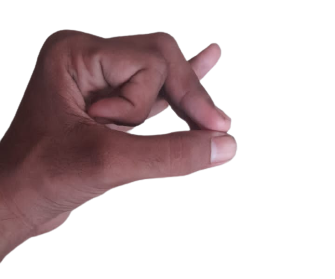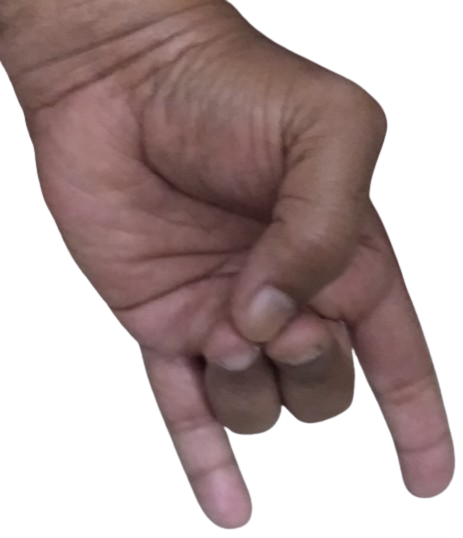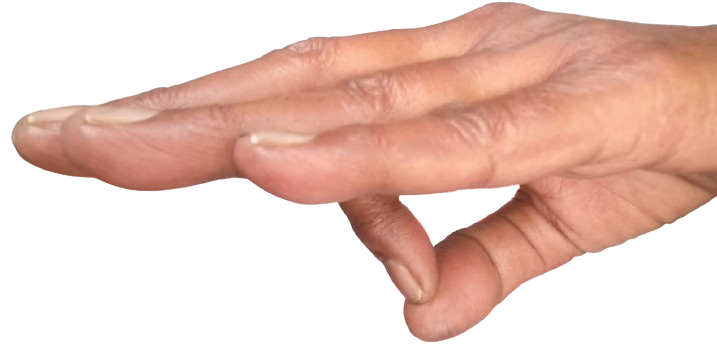One of the best poses for meditation, Lotus Pose gets its name from the shape the body acquires while in the pose. Lotus Pose is called ‘Padmasana’ in Sanskrit. ‘Padma’ means ‘Lotus’ and ‘asana’ means ‘posture’. In Lotus Pose, the folded legs resemble the petals of lotus and hence the name. However, highlighting this as the only reason greatly reduces the depth of the pose.
Lotus refers to the brain. When you perform the pose, blood circulation to upper part of the body increases multifold. Since the legs are folded, more blood is circulated to the brain and every part of the brain gets increased blood supply. Hence, this pose is highly recommended for meditation.
Since lotus leaves repel water, they are called super hydrophobic. Just as water does not stay on lotus leaves, blood flows uninterruptedly thereby promoting healthy blood flow. Hence, our ancestors have named this pose as Lotus Pose. Let us have a look at the other benefits of Lotus Pose.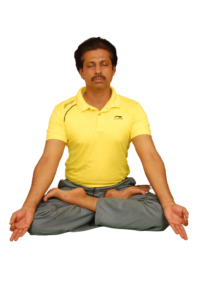
Benefits of Lotus Pose
- Lotus Pose boosts blood circulation to brain.
- It is one of the best yoga poses for meditation
- The pose strengthens the nervous system.
- It strengthens the spine and back muscles
- Practicing Lotus Pose helps to improve respiratory function
- It is effective in strengthening hips
- It is an effective yoga pose for child birth and can be practiced during pregnancy without forcing oneself.
- Lotus Pose cures heel pain
- Numbness in legs due to prolonged hours of sitting is cured by practicing this pose.
Instructions
- Sit down on the yoga mat with your legs stretched straight.
- Bend your right leg and place the right heel on the upper part of the left thigh. Your right heel should touch your abdomen.
- Bend your left leg and place your left heel on the right thigh with the left heel touching the abdomen.
- Sit tall and place your hands on your knees assuming Chin Mudra. In Chin Mudra, the tips of index finger and thumb should touch each other while the remaining fingers are stretched.
- Hold the pose for one minute. With practice, you can increase the duration for up to one hour.
In case of difficulty in performing Lotus Pose:
Those who find it difficult to perform Lotus Pose can practice with one right heel placed on the left thigh and left leg under the right leg. This is Half Lotus Pose called as Ardha Padmasana.
Those who find it difficult to lift even one leg can keep the legs folded as in ordinary seated position. This pose is called Easy Pose, which in Sanskrit is termed Sukasana.
Note
Those with severe knee conditions and ankle pain should refrain from practicing Lotus Pose.
Counter Pose: Mountain Pose
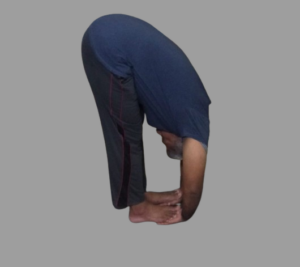
Yoga Pose for Day 4 – Hand Under Foot Pose (Padahastasana)
The term ‘pada’ in Sanskrit means ‘leg’, ‘asta’ means ‘hand’. Padahastasana means binding of hands and legs. Apart from the general benefits associated with forward bending, Hand Under Foot Pose has
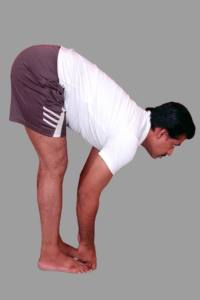
Yoga Pose for Day 3 – Big Toe Pose (Padangustasana)
பாதம் என்றால் கால். அங்குஸ்தா என்றால் கட்டை விரல். முன் குனிந்து கால் கட்டை விரல்களைப் பிடித்து வளைவது என்று இதற்குப் பொருள். பாதாங்குஸ்தாசனம் Big Toe Pose என்று ஆங்கிலத்தில் அழைக்கப்படுகிறது. ஏற்கனவே
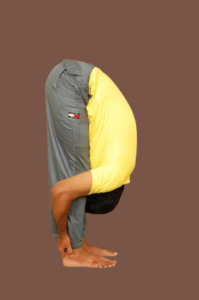
Yoga Pose for Day 2 – Standing Forward Bend (Uthanasana)
The yoga pose for Day 2 is Standing Forward Bend, which is called Uthanasana in Sanskrit. Yoga poses are basically categorized into standing poses, seated poses and lying poses. In all the three categories consist of forward bends, backward
